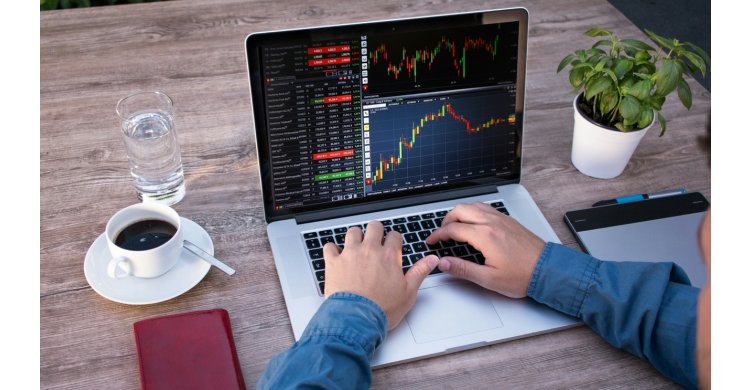Exploring the Contrasts: Manual vs. Automatic Trading

In the realm of financial markets, traders employ various methods to execute their strategies, primarily through manual or automatic trading. Both approaches have distinct characteristics, advantages, and limitations that cater to different trader preferences and market conditions.
Manual Trading: A Hands-On Approach
Manual trading involves human decision-making and execution of trades without reliance on automated systems or algorithms. Here are key aspects of manual trading:
- Human Control and Emotional Influence: Manual traders have full control over their decisions, relying on personal analysis, instincts, and market observations. However, emotions, such as fear and greed, can influence decision-making, leading to inconsistent trading patterns.
- Flexibility and Adaptability: Manual traders can swiftly adapt to changing market conditions and news events. They have the flexibility to alter strategies in real-time based on their judgment and immediate market analysis.
- Time and Effort: Manual trading demands time and active involvement. Traders need to continuously monitor markets, which can be both time-consuming and mentally taxing.
Automatic Trading: Leveraging Technology for Efficiency
Automatic trading, also known as algorithmic or automated trading, involves using pre-defined rules and algorithms to execute trades. Here's a glimpse into automatic trading:
- Algorithmic Precision: Automatic trading relies on algorithms programmed to execute trades based on specific criteria. It eliminates emotional biases, allowing for disciplined and consistent trading execution.
- Backtesting and Strategy Optimization: Automated systems enable traders to backtest their strategies using historical data. This functionality helps refine and optimize strategies before deploying them in live markets.
- 24/7 Market Monitoring: Automated systems can monitor markets round-the-clock, seizing trading opportunities even when the trader is not actively engaged. This feature can capitalize on favorable market conditions at any time.
Key Differences and Considerations
- Emotion vs. Discipline: Manual trading involves human emotions, while automatic trading relies on disciplined algorithms, minimizing emotional biases.
- Speed and Efficiency: Automatic trading offers faster execution and efficiency in capturing opportunities, while manual trading may lag in execution speed.
- Adaptability and Personal Judgment: Manual trading allows for quicker adaptation to unexpected market shifts, while automatic trading can lack the nuanced judgment of human traders in certain situations.
Conclusion: Choosing Your Trading Approach
Both manual and automatic trading have their merits and drawbacks. Traders must consider their preferences, risk tolerance, and the nature of the market they're trading in when choosing between these approaches. Some traders may prefer the control and adaptability of manual trading, while others may favor the efficiency and discipline of automated systems.
Ready to explore your preferred trading style? Discover the benefits of manual and automatic trading with Darkbot.io, catering to diverse trader preferences.